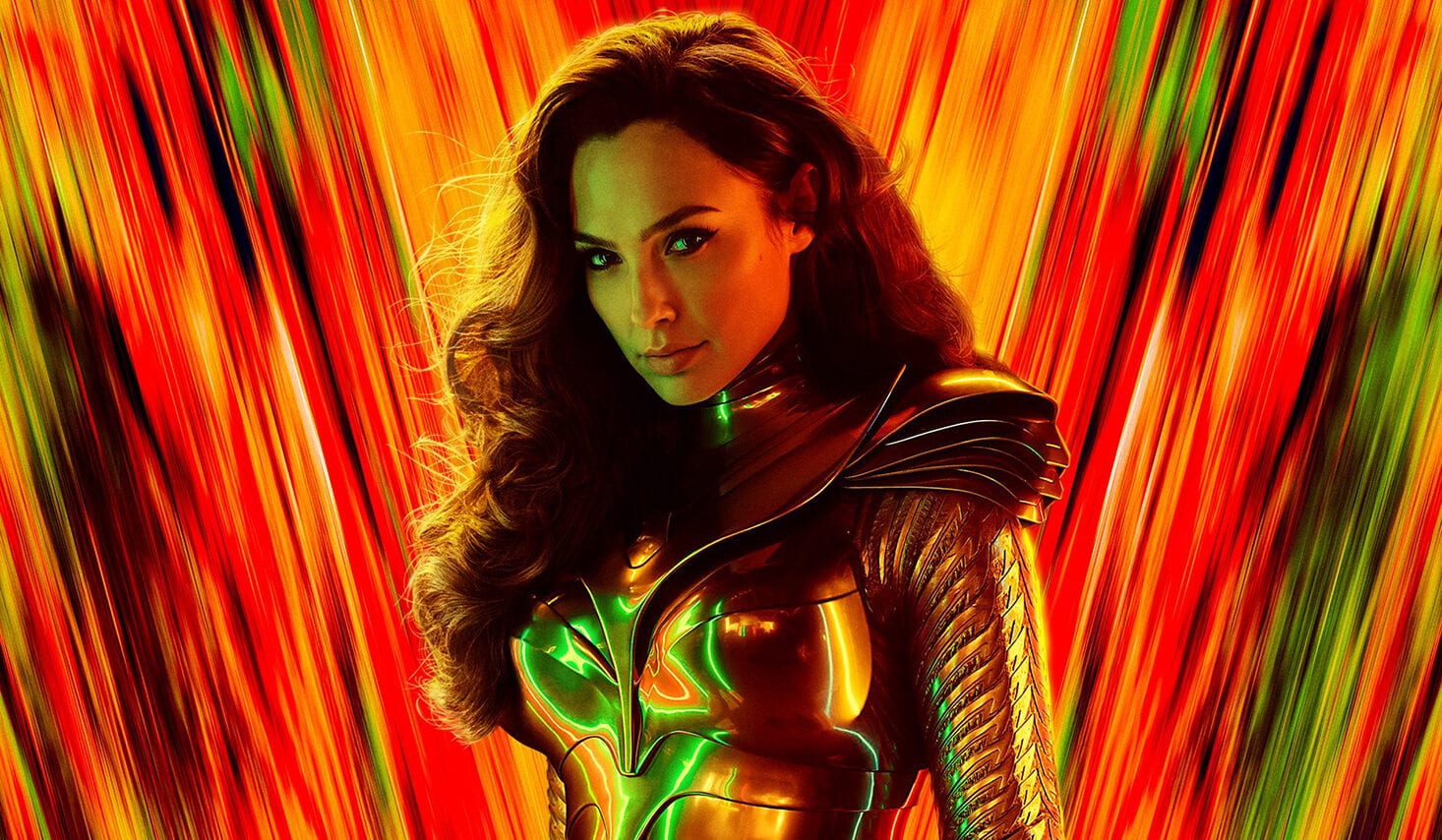Wonder Woman 1984 (Dir. Patty Jenkins):
That’s actually what the whole movie is about — the statement of “Yeah sure, you can have it all, we all deserve to have it all. More, more!” And then the question being, what happens if everybody does?
Patty Jenkins
The first Wonder Woman movie was a pleasant surprise — a superhero epic that indulged in the usual mayhem, but also had a bit of soul. Not only did the film pull the DC comic book movie universe back from the brink of failure, but it also offered a sincere message of hope, something that was in severely short supply in 2017. After a decade’s worth of mostly superficial and/or grimdark superhero movies, Gal Gadot’s Wonder Woman was a refreshing alternative: a heroine who inspired through grace and perseverance, a symbol of feminist power who preached togetherness rather than rancor. If the film didn’t quite match Gadot’s stateliness, it did just enough to establish an approach that could conceivably be carried through a successful sequel or three.
2017 now seems like a faraway dream, and as 2020 stumbles to a close, Wonder Woman is back on the big screen (or to be more accurate, HD TV screens, joining the rush of delayed releases debuting simultaneously on streaming video and theaters). And once again, we have a Wonder Woman film that attempts to address our current times of loss and scarcity, albeit draped in the day-glo trappings of the 1980s (a.k.a. the decade of excess). Wonder Woman 1984 may be set in the same year George Orwell imagined the dystopian society to end all dystopian societies, but in place of Big Brother, we have a benevolent Big Sister in the form of Gadot’s Diana, holding humankind back from unleashing its worst impulses.
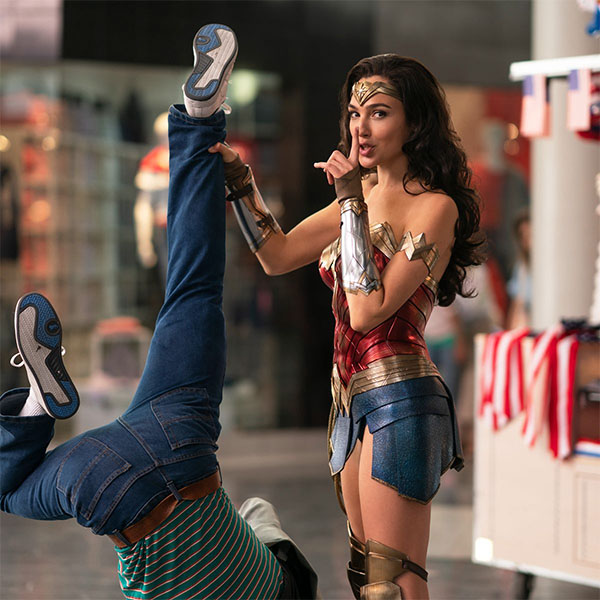
First things first, though: before we get to the world-threatening events, director Patty Jenkins pushes the tone in goofy directions. Coming on the heels of its grandly-scaled predecessor, in which the super-powered Amazon did her utmost to stanch the ravages of World War I, WW84‘s first half seems almost inconsequential. Apart from a disconnected prologue set during Diana’s childhood which stirs up a whole bunch of action to produce a simple point (“No true hero is born from lies”), the only set piece of note in the early going takes place in that most ’80s of settings, a shopping mall, as Wonder Woman good-naturedly takes down a bumbling group of jewel thieves, winking at the crowd (and the audience) as she does so. No imperialistic warmongers in sight this time; instead, she must face down breakdancers, Esprit leggings, and TV hucksters who proclaim, “All you need…is to want it!” Instead of a God of War, the plot hinges on a gemstone that grants any wish to the person possessing it — a conceit that would fit nicely into any zany ’80s comedy.
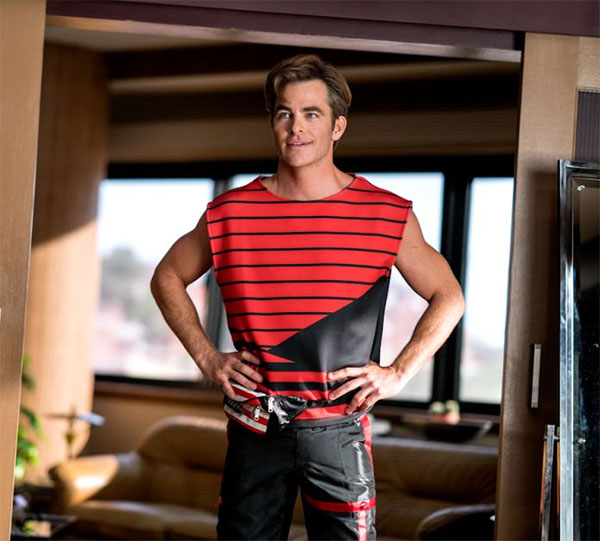
Sticking to that mood, Jenkins shoots WW84 in true ’80s style, with emphasis on pops of technicolor, meandering comedy, and broad performances. Speaking of broad, the antagonists this time are misguided misfits rather than true bad guys, and hammy as all get-out: fast-talking conman Maxwell Lord (Pedro Pascal) and Barbara Minerva (Kirsten Wiig), the mousy gemologist/zoologist who works alongside Diana at the Smithsonian and later transforms into the Cheetah. Gurning away relentlessly, Pascal’s character is essentially a giant cartoon, but at least Wiig’s adorkable nerd gains some thematic heft as the story progresses. Embodying the extremes of being a female in a man’s world — ignored and underestimated by her office mates at the start, then ogled at and hit on by drooling lechers when she acquires Amazonian powers — she negotiates her character’s whiplash turns gracefully. The same, alas, cannot be said of the plot, which is essentially a parable that waddles along for over an hour before arriving at any true sense of crisis. Jenkins is above all a thoughtful, sober director, and her style is an uneasy fit with the movie’s desire to match the peppy pace of an ’80s flick. More sluggish than farcical, the film sidelines Gadot (low-key and likable as always) for long stretches, whenever Pascal and Wiig aren’t chewing up the scenery around her — not unlike how Richard Pryor’s antics minimized Christopher Reeve’s Superman in Superman III.
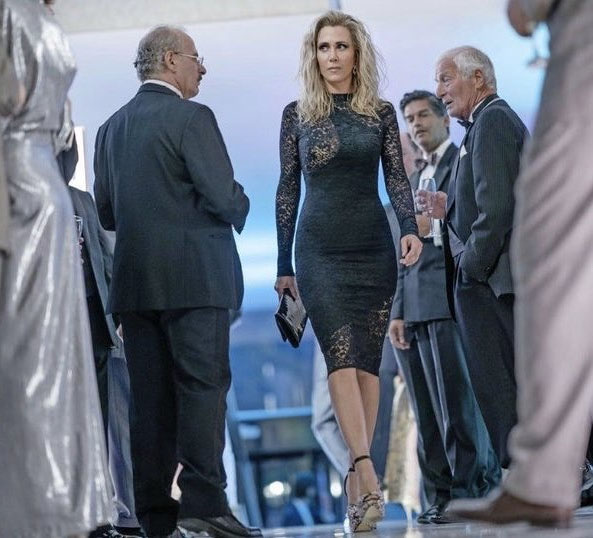
Most of WW84‘s wit is reserved for the production and costume designs. As you’d expect, shoulder pads and fanny packs are deployed as punch lines; otherwise, the film plays it straight (and well) in recapturing the period, right down to the banks of 19-inch TVs in store windows. When the greedy, capitalistic Lord gets hold of the magic gemstone and uses it to ascend to the highest corridors of power, cynical audience members might draw some parallels with our outgoing Commander-in-Chief, but as is the case with most modern superhero movies, the story gets unwieldy with narrative logistics, and figuring out how to maneuver character A into position B in order to generate incident C, resulting in a bloated runtime of two and a half hours. (Most ’80s movies would rather be dead than caught dragging their feet like this.) Ironically, the best moments are the ones least concerned with plot, especially when Diana’s lover Steve Trevor (Chris Pine) is mysteriously resuscitated from the dead. Dressed in parachute pants and all agape at the brave new world of the 1980s, Pine once again demonstrates his comedic chops, and a scene in which he soars alongside Diana in her invisible jet straight through July 4th fireworks briefly recaptures the wide-eyed awe of the first movie.
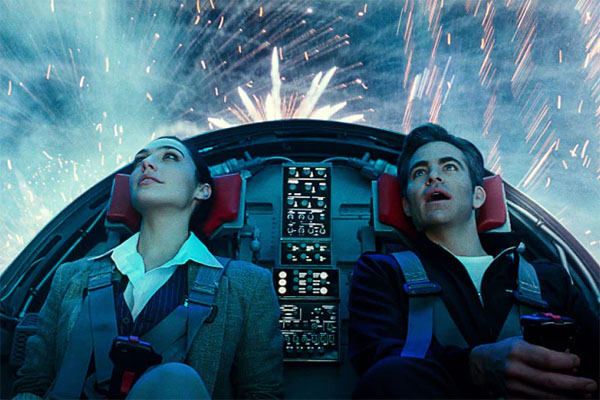
WW84 tries to ratchet up a semblance of gravitas down the stretch, piling up action scenes reminiscent of other movies: a desert truck chase that’s Raiders of the Lost Ark on steroids, an assault on the White House that X-Men 2 pulled off in wittier (and brisker) fashion. A CGI-assisted throw-down between Wonder Woman and the Cheetah is noteworthy only for Diana’s new gold armor — it’s as if she’s the Victory column from Berlin made flesh. While a subsequent showdown with Lord aims for an apocalyptic finish, with plenty of flashy, blinky lights to underline the seriousness of the situation, the cavalcade of F/X is at odds with the shaggy feel of the rest of the movie. Fittingly, Jenkins tries to counter the “more is better” ethos of the ’80s (and comic book movies in general) with a final message of forbearance and understanding. It’s not a bad position to take in our current climate, in which selfishness and animosity are the order of the day — too bad the movie takes it way too far, sinking into tearful family reunions and cornball statements of love. Not that cornball and Wonder Woman aren’t close cousins; when given the chance, Gadot makes you believe that courage and compassion are not only attainable but necessary. For instance, who can forget her stirring walk across “No Man’s Land” in the previous Wonder Woman movie? Sadly, WW84 can’t conjure up anything as wondrous with her character, or its story. A post-credits cameo featuring a familiar face suggests what could have been: an aspirational superhero picture which has fun being itself, and nothing more.
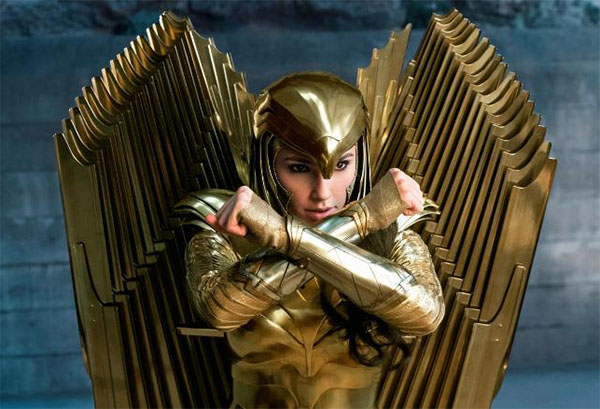
Wackier and less inspirational than its predecessor, Wonder Woman 1984 ends up being that most common of movies: a jumbled, only occasionally stirring sequel. “Sometimes you can’t see what you’re learning until you come out the other side,” Wonder Woman muses at the beginning of the film. If there’s one lesson that the filmmakers have hopefully absorbed through making this movie, it’s that the best intentions and most ambitious themes can’t survive muddled execution. ■

